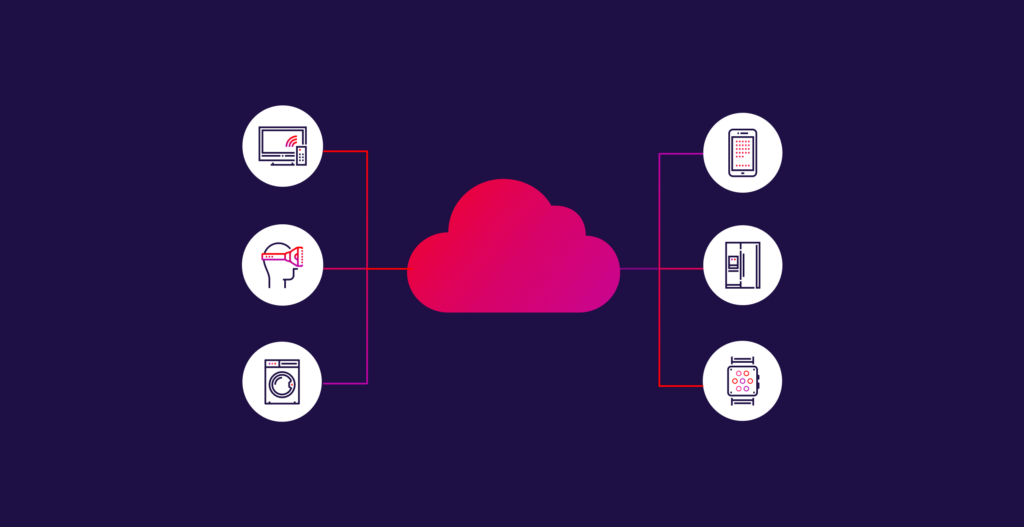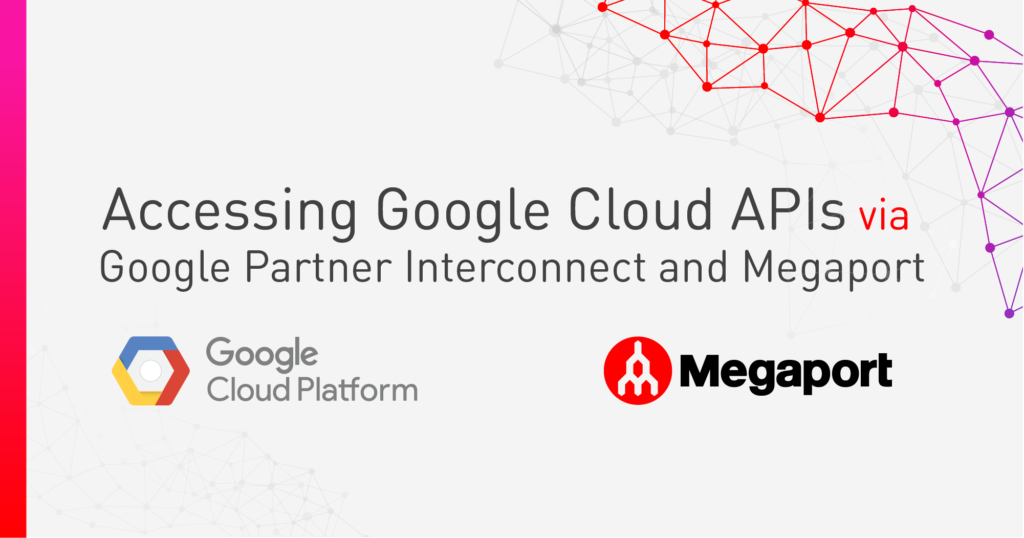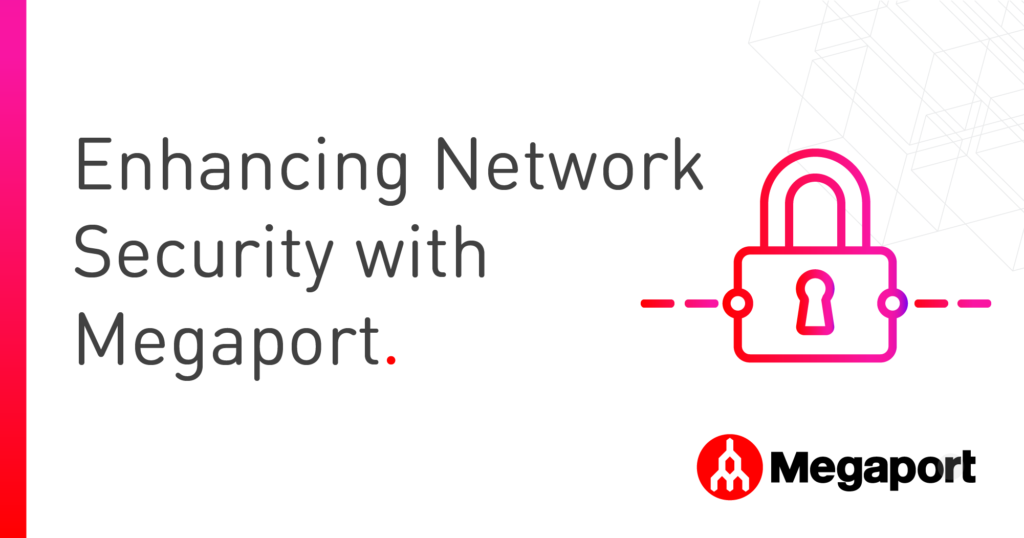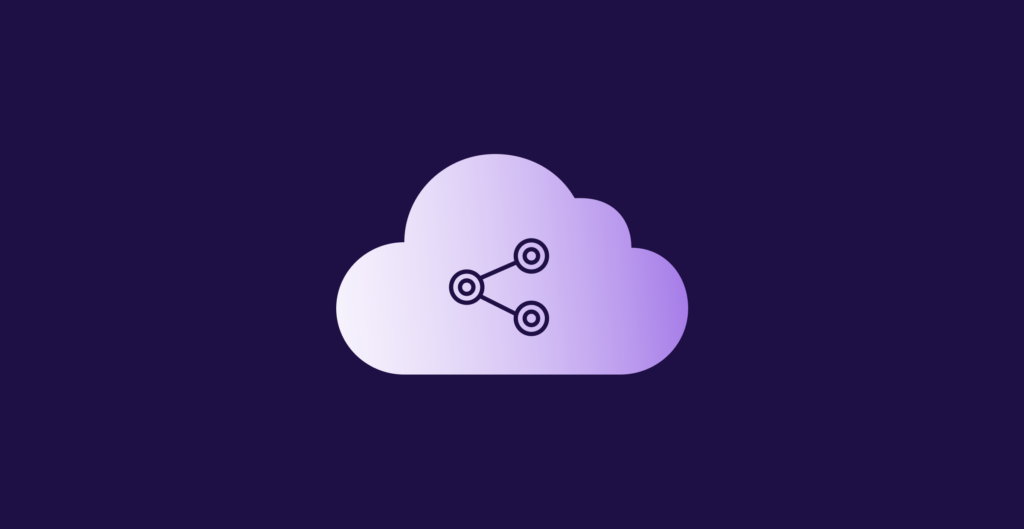
Three Easy Ways to Modernize Your Cloud Network
- June 3, 2022
With cloud networks growing increasingly more distributed, having a dynamic network that grows with your business is essential. Here’s how to achieve it.
The past several years have forced us all to rethink how and where we work. Thanks to the cloud, with its ability to facilitate remote and distributed workforces, many companies are still in business that may not have survived the pandemic otherwise. But at the same time, this rapid shift from on-premises setups has created a situation that requires constant changes and upgrades.
There are two ways to do this: Making incremental changes as they are required, requiring constant revision and capex investments; or orchestrating your network for flexibility so it can adjust to changing needs and grow with your business over time at a manageable cost.
Of course, the latter option is preferable. But how can you weave this flexibility into the fabric of your network? In this blog, we share three easy ways you can modernize your current cloud network for better security, performance, and cost management, and enable it to grow with you well into the future with minimal maintenance.

1. Use only private connectivity
When under pressure to connect to or between clouds, it can be tempting to just use the public internet. After all, it’s the fastest way, right? In the short term, maybe, but there are huge downsides to consider.
Poor reliability
A high-performance network relies on high availability, something the public internet can’t provide. Traffic fluctuations on public paths can lead to bottlenecks, especially in times of peak demand, causing slow response times and unpredictable latency. In turn, this can impact productivity and profits.
Using the public internet for your CSP connections means relinquishing control of your network, putting the speed and consistency of your connection at the mercy of these traffic fluctuations and outages.
Increased costs
Because your business likely already uses public internet for a number of business functions, it might seem like the most cost-effective route to leverage that existing connection to access your Cloud Service Providers (CSPs). But this connectivity method is deceptive.
Not only do CSPs almost always charge higher egress fees when you use the internet as your connectivity method, poor connection reliability can also lead to significant losses for your business. Plus, without the ability to scale your connection to match the bandwidth you need, you need to provision—and pay for—your highest-bandwidth scenario.
Compromised security
In the past, we’ve described connecting to the public internet as “placing your data in an unlocked safe before sending it to its destination
.” When your data traverses a shared path like the internet, it’s far more vulnerable to cyberattacks; plus, as it needs to take more Autonomous System (AS) paths to reach its destination, it’s exposed to these threats for longer.
When it comes to modernizing your cloud network, your best connectivity method will be a private one – and the easiest way to do this is with Network as a Service (NaaS). Not only will this virtual, private network layer help you avoid the higher costs, security risks, and unreliable performance associated with Internet Service Providers (ISPs), the right NaaS provider will also allow you to scale your connection over time as you need to ensure performance for your growing business.
With a NaaS-bolstered network, companies enjoy a more reliable and consistent experience unaffected by demand spikes. And most importantly, private connections allow you to control costs with better network visibility, and lower egress fees as private connections are incentivized with discounts by CSPs.
Learn how Megaport’s NaaS can give you scalable, high-performance private connectivity.
2. Integrate your cloud stack
Cloud modernization is more than just using the right connectivity method – if your setup isn’t integrated, the performance benefits offered by private connectivity will only go so far. Integrating your cloud stack—so you can oversee all cloud providers/integrations across your network—is also a crucial step in improving your network performance and ease of growth over time.
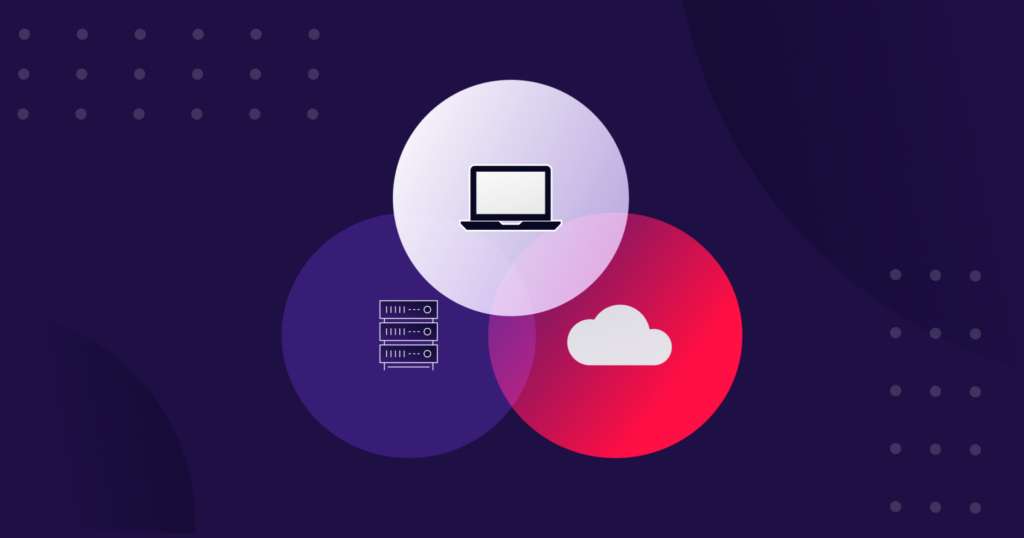
Put simply, to integrate your cloud stack means to bring all of your cloud providers and services together on a vendor-agnostic platform where you can view and manage everything in one place, as well as apply consistent policies across your network.
Integrating your cloud stack, including your multicloud and/or hybrid cloud, simplifies your network management and makes it easier to expand over time. With a clear overview of your services, you’ll have a better idea of potential performance or redundancy gaps, and get consistent security and functionality across your stack.
And when you integrate this stack with the right service provider, you’ll also benefit from consumption-based pricing and open APIs, giving you the power to automate processes across your applications for saved time and effort.
With simplified management and automated processes, integrating your network stack will make it far easier to manage over time as you add to your setup.
3. Adopt a SASE architecture
After integrating your NaaS-bolstered network stack, your business will be in the perfect position to review your branch-to-cloud connectivity, or SD-WAN.
SD-WAN has advanced in recent years due to increased data processing requirements and capabilities, a new generation of software-defined solutions to core networking challenges, and increased automation and intelligence to better power mission-critical applications and workloads – resulting in rapid modernization at the edge.
SASE is the framework that has emerged from this enhancement, combining the most practical SD-WAN tools with the latest in edge security. SASE complements SD-WAN with identity-based secure web gateways, firewall as a service, context-based zero-trust access, and other edge tools that secure and modernize your cloud network for a new era. The upshot is a modern WAN stack that is dynamic, flexible, automated, and secure, and can provide the performance needed for today’s 24/7 applications and resources hosted across public, private, and hybrid clouds.
Vendors like Versa , Cisco , and Fortinet have all introduced SASE functionality into their SD-WAN offerings, with an emphasis on simplifying cloud modernization and transforming customer edge capabilities. What seemed like next-generation only a short while ago has become essential to the operational and financial wellbeing of your organization – and will be essential for your network to keep advancing.
Learn how Megaport Virtual Edge (MVE) can supercharge your SASE network.
Cloud networks are only going to become more complex and distributed over time. The need for companies to future-proof their network with private, virtualized, and end-to-end connectivity has never been more crucial.
Done right, modernizing your network in these three ways will deliver:
- Improved security with a zero-trust model that protects data both in transit and at endpoints, along with firewalls and other security features.
- Simplified cloud infrastructure as companies manage their entire cloud network from a single pane of glass.
- Reduced cost & better performance thanks to a simplified workflow, which replaces multiple appliances and on-prem infrastructure with a single stack of software and centralized network management to accommodate fluctuations in need.
Modernize your network in all these ways and more with Megaport. Get started now.
